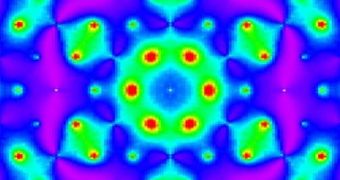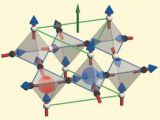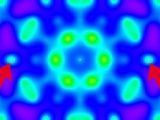Everyone knows that one of the basic traits magnets have is sporting two poles. If you break a larger magnet into two smaller ones, then each of the them will have a “north” and a “south pole.” For some time, experts have theorized that it could be possible to create magnetic monopoles, as in materials that only exhibit the “north” or the “south” pole, and not both at once. Now, after many years, experts at the US National Institute of Standards and Technology (NIST) have managed to create the large-scale “cousins” of magnetic monopoles inside the laboratory.
This feat will hopefully move most of the studies in this matter from the chalkboard to experimental lab setups, the NIST experts that have made the breakthrough say. Famous physicist Paul Dirac first proposed the concept back in 1931, after examining a set of complex equations that were used to determine the connection between electricity and magnetism and tie the two theories together in one. As far as electricity goes, electric monopoles exist and have been studied extensively. For example, an electron is a negatively charged monopole, while a proton is its positively charged counterpart, e! Science News reports.
Speaking about the new achievement at NIST, Jeff Lynn, a physicist at the Institute, said that, “These are not the monopole particles Dirac predicted – ours are huge in comparison – but they behave like them in every way. Their properties will allow us to test how theoretical monopole particles should behave and interact.” Tokyo Metropolitan University physicist Hiroaki Kadowaki has been the leader of the research team, which has been based at the NIST Center for Neutron Research (NCNR). In their method, the experts have obtained very large, molecule-sized, magnetic monopoles, from a special compound and under precisely controlled environmental conditions.
The new finds will permit scientists to undertake complex scientific quests, in which to test the validity of some of the oldest laws in physics, the NIST team reveals. “Maxwell's equations indicate that monopoles should obey Coulomb's Law, which indicates their interaction should weaken as distance between them increases. Using the spin ice crystals, we can test ideas like this,” Lynn says. A Spin Ice Crystal (SIC) is a four-sided pyramid, with its base a triangle, in which the spin of the ions at each tip dictates the magnetic orientation of the particles inside. Usually, the ions spin in opposing directions, in pairs of two, so as to keep the components inside in balance.

 14 DAY TRIAL //
14 DAY TRIAL // 

